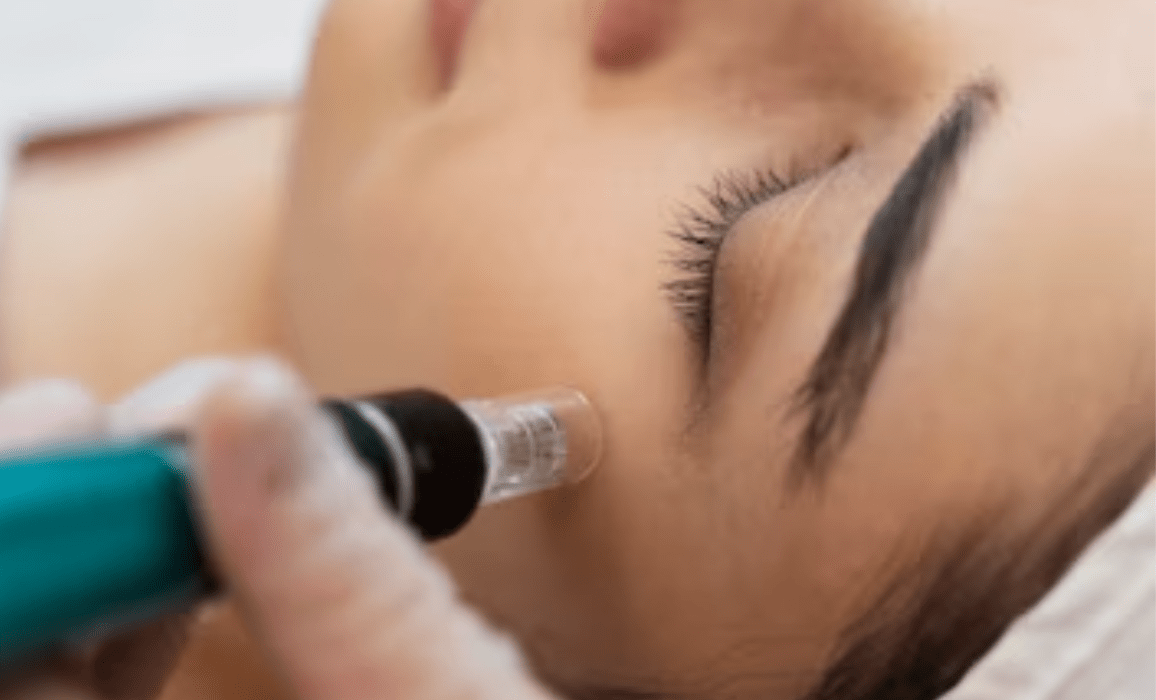Cold, Hard Facts: The Scientific Basis of Cryotherapy Explained
Whole-body Cryotherapy happens to be an extreme-cold treatment that proponents believe can speed recovery, reduce injuries, increase energy, and, of course, improve sleep.
Beauty salons and spas claim Cryotherapy can burn calories, improve skin, and make people happy. The question is: does whole-body cryotherapy work? Or are the claims made supported by sound scientific evidence?
The use of cold in medicine goes back a long way in history, from freezing warts and also killing cancer cells to slowing metabolic processes during trauma surgery. Whole-body Cryotherapy takes place in sauna-style, walk-in chambers, with sessions normally lasting just about two or three minutes. Those using liquid nitrogen to cool the air inside them get down to as low as -160 °C.
Initially developed in Japan, the therapy arrived in Europe in the 80s. In Poland, it is used to treat several conditions, including rheumatoid arthritis, multiple sclerosis, psoriasis, sleep disorders, and depression.
Cryotherapy does function by reducing the temperature of the body’s tissues. This does help to reduce inflammation and pain while also stimulating one’s body’s natural healing process. It also, in fact, helps to reduce stress, improve sleep, and certainly boost the immune system.
The most common form of cryotherapy is referred to as whole-body cryotherapy (WBC). In this type of method, the person stands in an enclosed chamber that is filled with cold air. The temperature of the air is usually between -110°C and -150°C (-166°F and -238°F). The person does stand in the chamber for a few minutes, and then the temperature is gradually increased until it does reach a comfortable level.
Cryotherapy is indeed a safe and effective form of therapy, but it is important to consult a doctor before undergoing it. It is not recommended for pregnant women, people with heart conditions, or even those with a history of cold intolerance. It is also important to note that cryotherapy is not a substitute for medical care and should not be used to treat serious medical conditions.
On the whole, cryotherapy is considered a safe and effective form of therapy that can provide numerous health benefits. It can, of course, help to reduce inflammation and pain and also speed up the healing process. It can also help to reduce stress, improve sleep, and, at the same time, boost the immune system.
What does the application of cytotherapy do?
It does help the recovery and rehabilitation processes. Vasoconstriction does reduce blood flow to the extremities, which reduces inflammation around soft-tissue injuries, stopping them from progressing. The release of adrenalin relieves pain and also generates the feelings of exhilaration that players report.

The whole body is activated by cryotherapy, and the body’s “fight or flight” mechanisms start functioning. It also drives extra energy to muscles while also narrowing down blood vessels so that fewer inflammation-causing white blood cells do reach injuries. Extreme colds tend to have some of these effects.
Whole-body A cryotherapy session can help treat rheumatoid arthritis, osteoarthritis, muscle strains, fibromyalgia, tendinitis, and back pain as well. The therapy also lowers tissue temperatures.
It is important to remain open-minded about the therapy’s powers, pending further research. Focusing on the basics is essential. Interventions like cryotherapy do help treat athlete’s injury issues as well.
Conclusion
Thus, cryotherapy happens to be a form of cold therapy that has been used for centuries to reduce inflammation and pain and also speed up the healing process. It does involve exposing the body to temperatures as low as -150°C (-238°F) for a short period. This sort of therapy is becoming increasingly popular among athletes and those looking to improve their overall health and well-being.
Lorem ipsum dolor sit amet, consectetur adipiscing elit. Ut elit tellus, luctus nec ullamcorper mattis, pulvinar dapibus leo.



